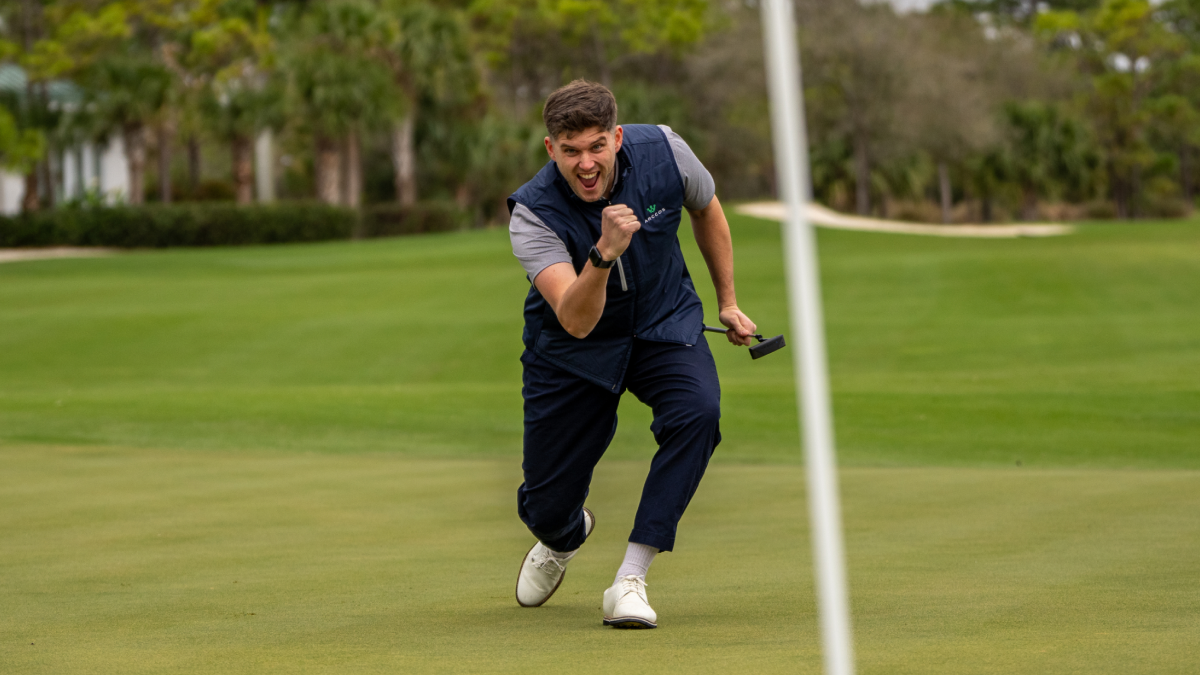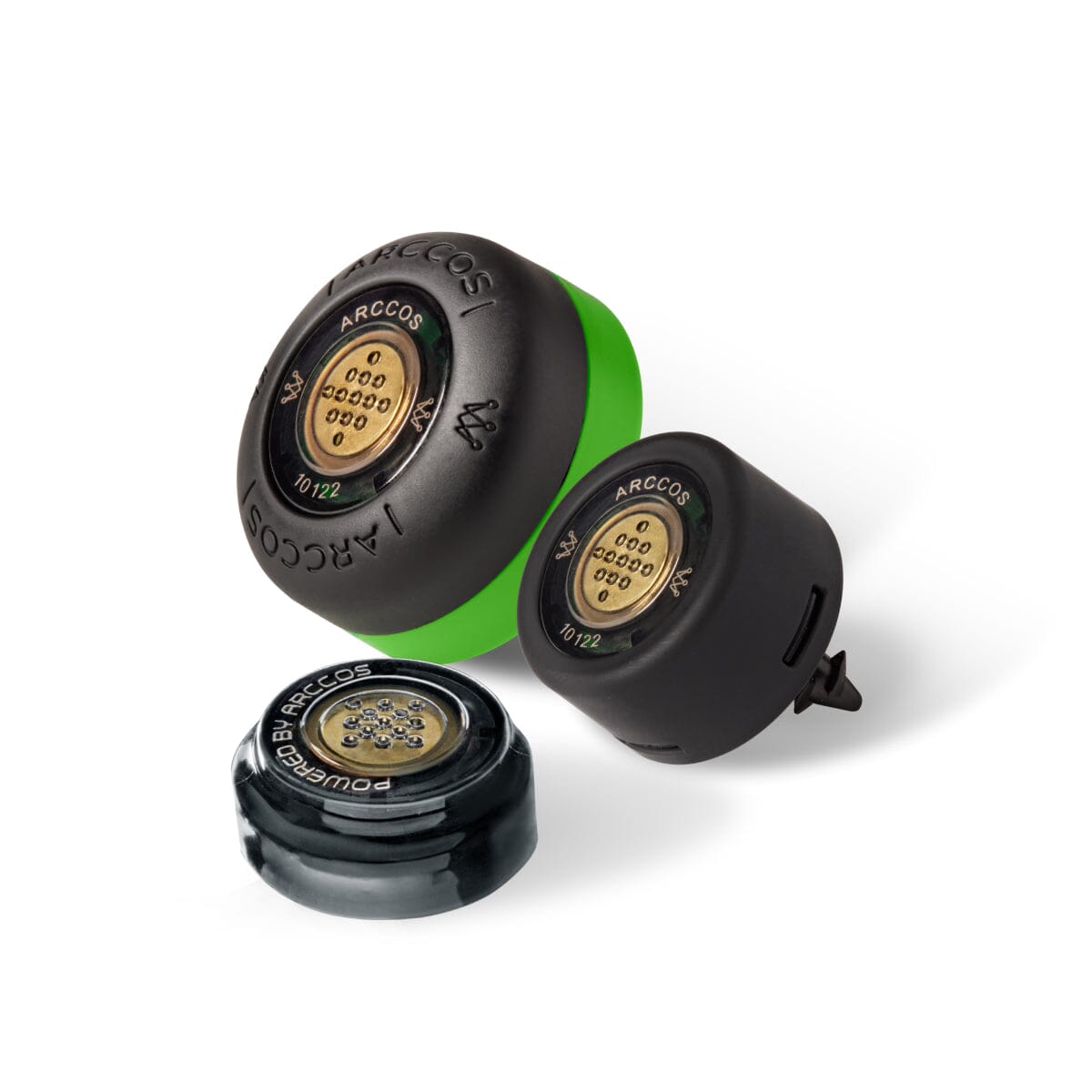
As an Arccos power user and someone dedicated to improving your game, Golf Digest ranked top teaching professional at The Floridian and Arccos Ambassador, Ryan Crysler knows the value of following Arccos’ advice and how golfers can use it to get the most out of their practices and lessons. He is sharing some tips with our community, that have helped many of his students, from high-performing amateurs to professionals on tours. We’ll turn it over to Ryan now to share his wisdom.
Struggling with Approach Shots? Work on hitting More Greens in Regulation (GIRs)
“Visualising success on the course is crucial. One simple technique is to understand the average green size on tour is 6,000 sq. ft. (GSCAA data sheet), while the average size of an American home is 2,200 sq. ft. (US Census). Kids have been putting baseballs through windows for centuries, so why not visualise your house instead of the flag location? Imagine hitting the ball through that centre window from 150 yards away. It's a fun and effective way to improve your accuracy.
Another technique is to aim higher—literally. Visualise hitting towards the top of trees, high clouds, or something significantly higher than the pin behind the green. This elevated visualisation can guide your focus to a point beyond the pin, helping you avoid coming up short. As you move closer to the green, especially with wedges, narrow your focus to the top part of the flag. This helps with chips and pitches, which often come up short.”
The biggest difference between a 10 and 15 handicap is in their approach play. Work to develop consistent iron play.
“One of the most common requests I get from golfers is, "I need more consistency." However, true consistency on the course is about adaptability. The first 7-iron you hit on the course will be from an uneven lie, with different wind conditions, to a different green. Therefore, shifting your focus from consistency to adaptability is key.
The foundation for adaptability is honesty. Test yourself before playing or during every practice session. Competing with a friend on the practice tee can be a great way to start. Find a target and see who can get it closer first. No friends today? Try a 10-ball test with each club to 10 different targets and count how many successful shots you hit. Move from station to station to find different angles and lies. Taking notes during these tests helps identify patterns and understand your capabilities.
When faced with a familiar yardage and target, you'll have an honest perspective of what you have that day. If the situation doesn't match up for success, look for another target and another club that performed better in your tests. This way, you'll become consistent at adapting and improvising, dictating to the course rather than letting the course dictate to you.”
Want to shoot lower scores, it starts with lowering the big numbers (Consistency Off the Tee, Avoiding Hazards or Losing Balls)
“Getting off the tee and avoiding penalty shots significantly impact your scores. A decent driver in the bag is essential, and getting fit is paramount. Like racing, a false start is a DQ, and the emotions that follow can make matters worse. The line you take into a turn or around a dogleg to avoid a hazard is crucial.
Many golfers step on the gas in these situations, but when a racer has the wrong line, they protect their race car first—they slow down. Golfers need to protect their ball first. Most shots fly shorter than you think, so take two to three clubs more to carry the hazard, or choose a club that ensures you are short of the hazard. If there is a hazard on either side of the fairway, line up at least 60 yards away from it. Sixty yards is a magic number because the tour's average driver dispersion is 60 yards. I bet yours is more.”
Small tweaks and thoughtful strategies can make a big difference in golf. However, focusing on the wrong aspects can leave you stuck with little to no improvement. With Arccos, you can identify the specific areas of your game that need attention, set benchmarks, and tailor your practice, lessons, and fittings. This targeted approach will help improve your game and lower your handicap. Remember, golf is as much about mental strategy and visualisation as it is about physical skill. Keep practicing, stay adaptable, and enjoy the journey of becoming a better golfer!






Share:
Now Available: New Tour Quality Approach Feature!
Bunkers: Golf's Bad Date